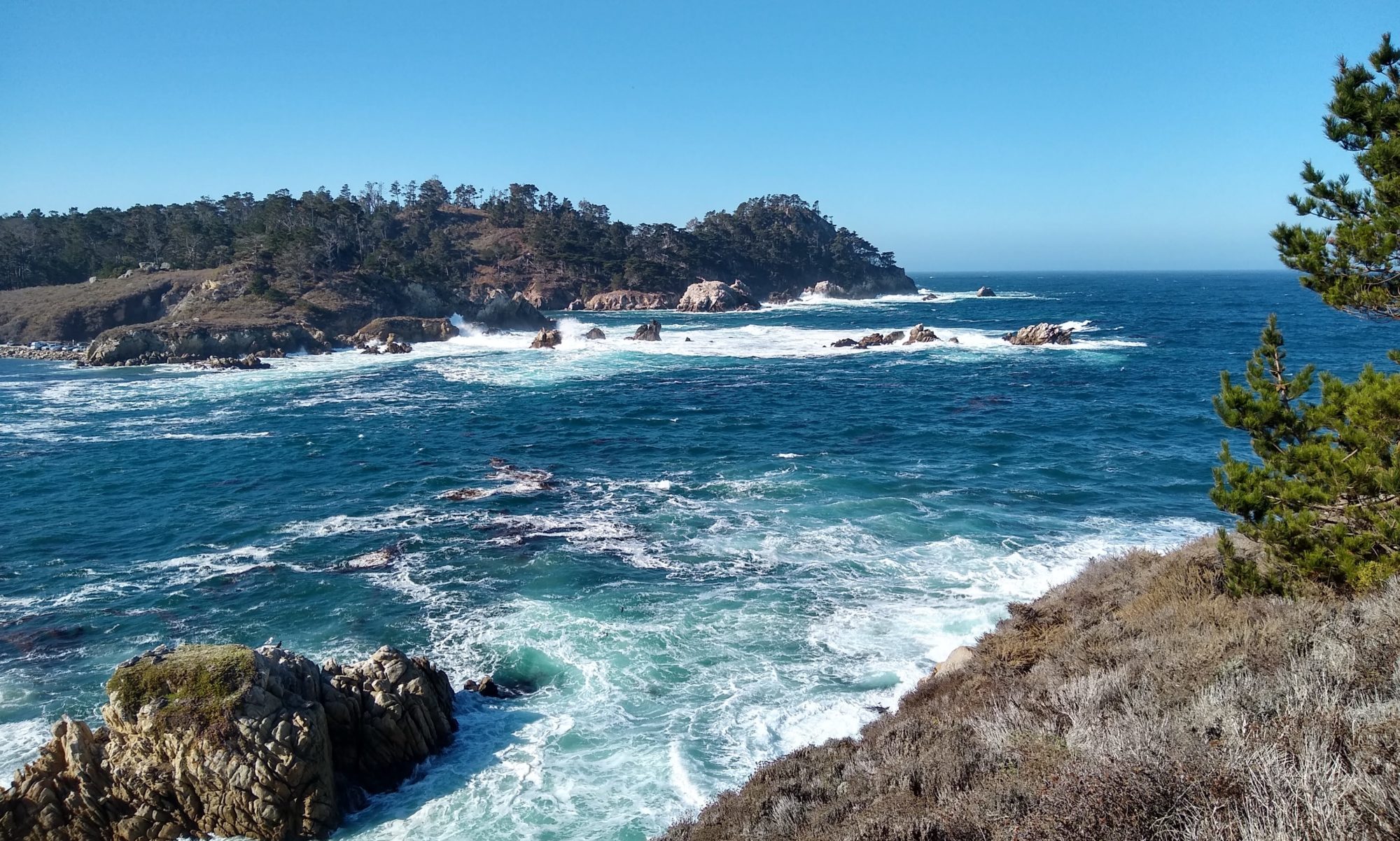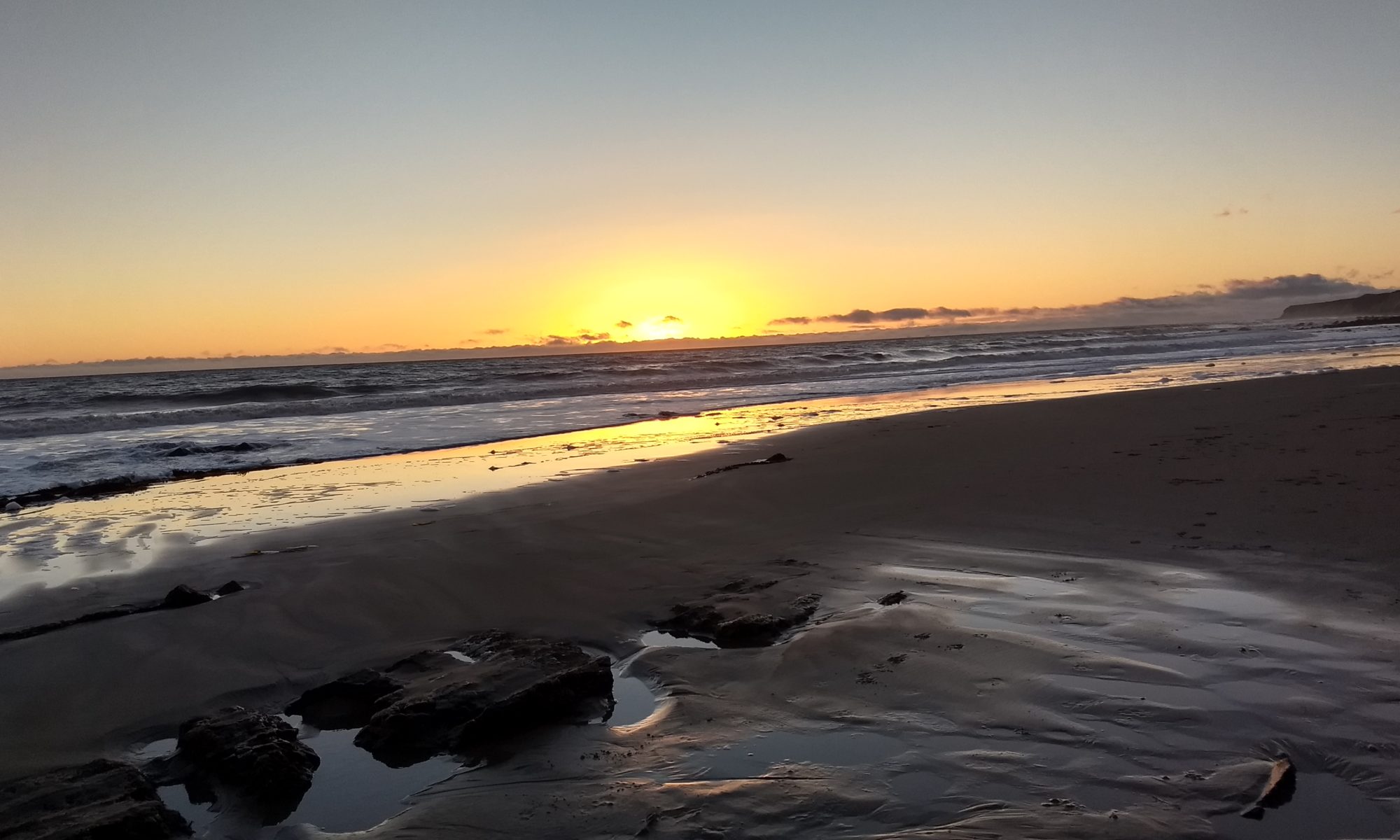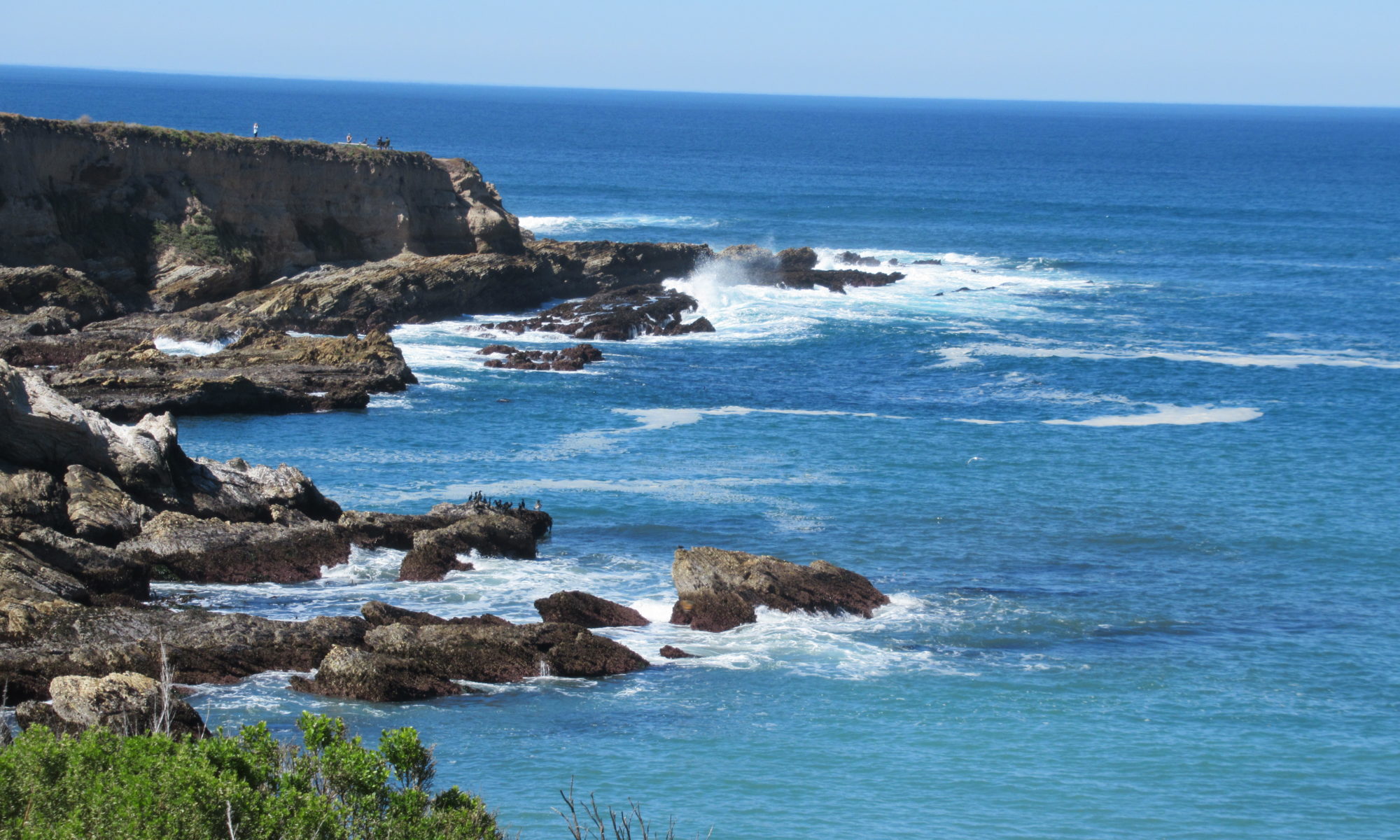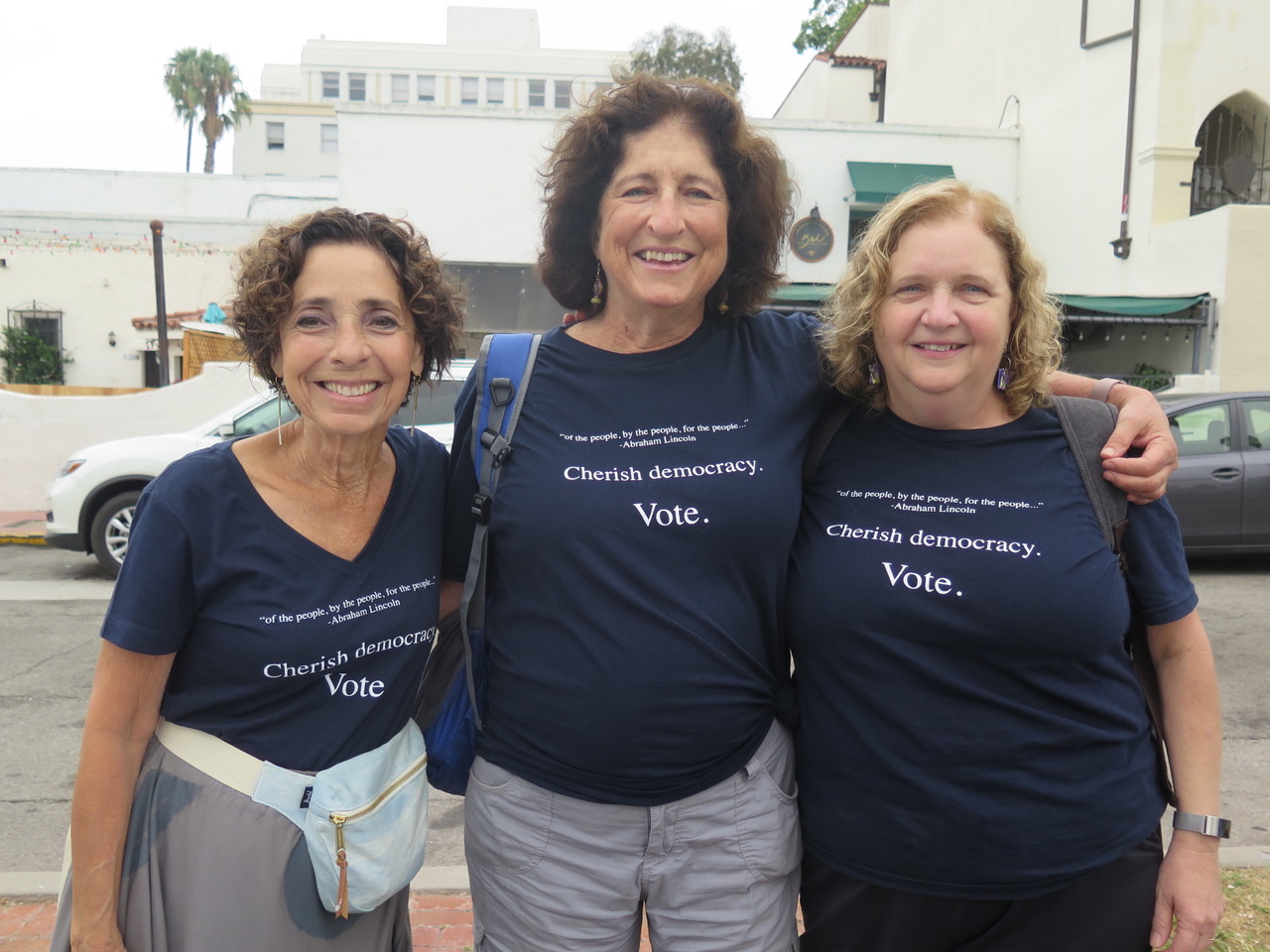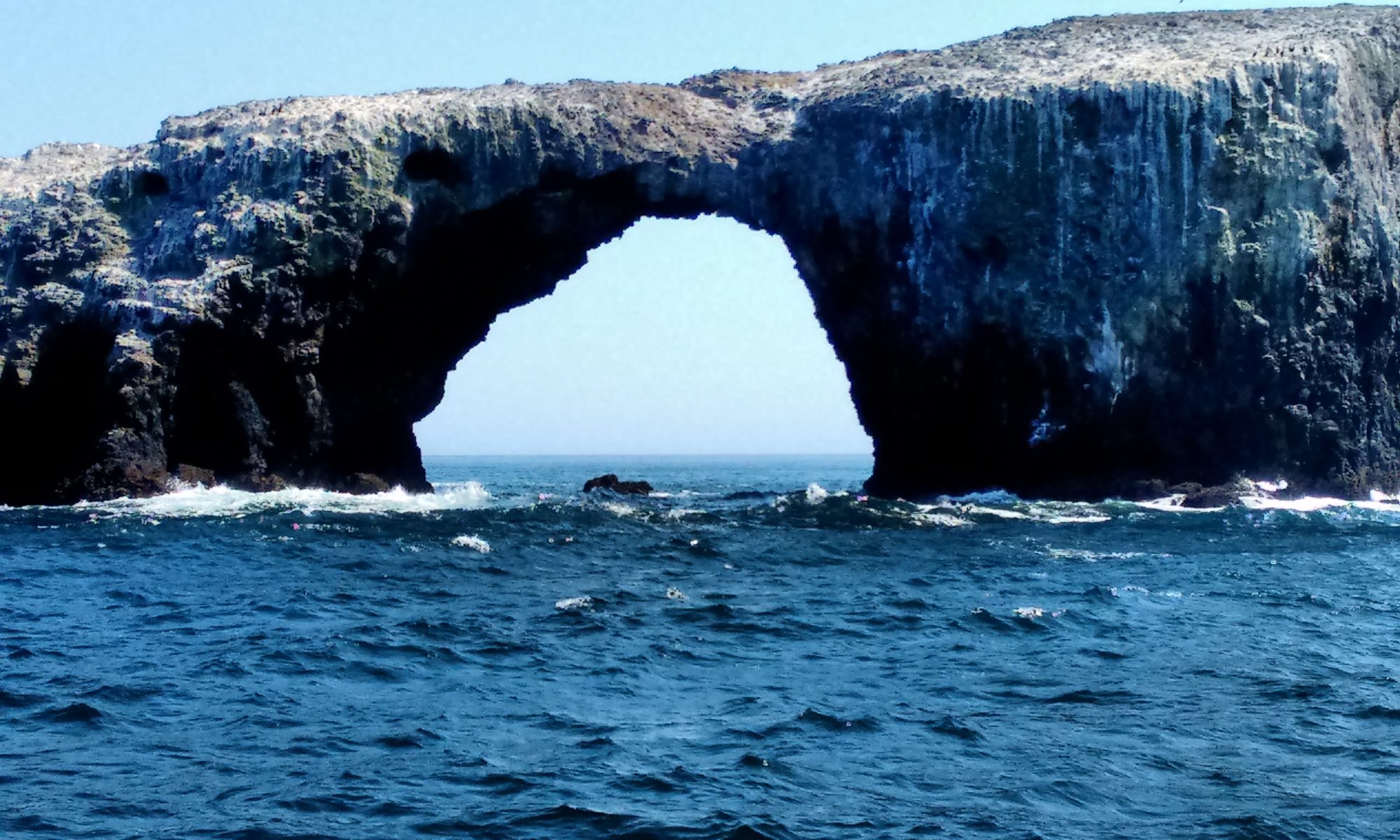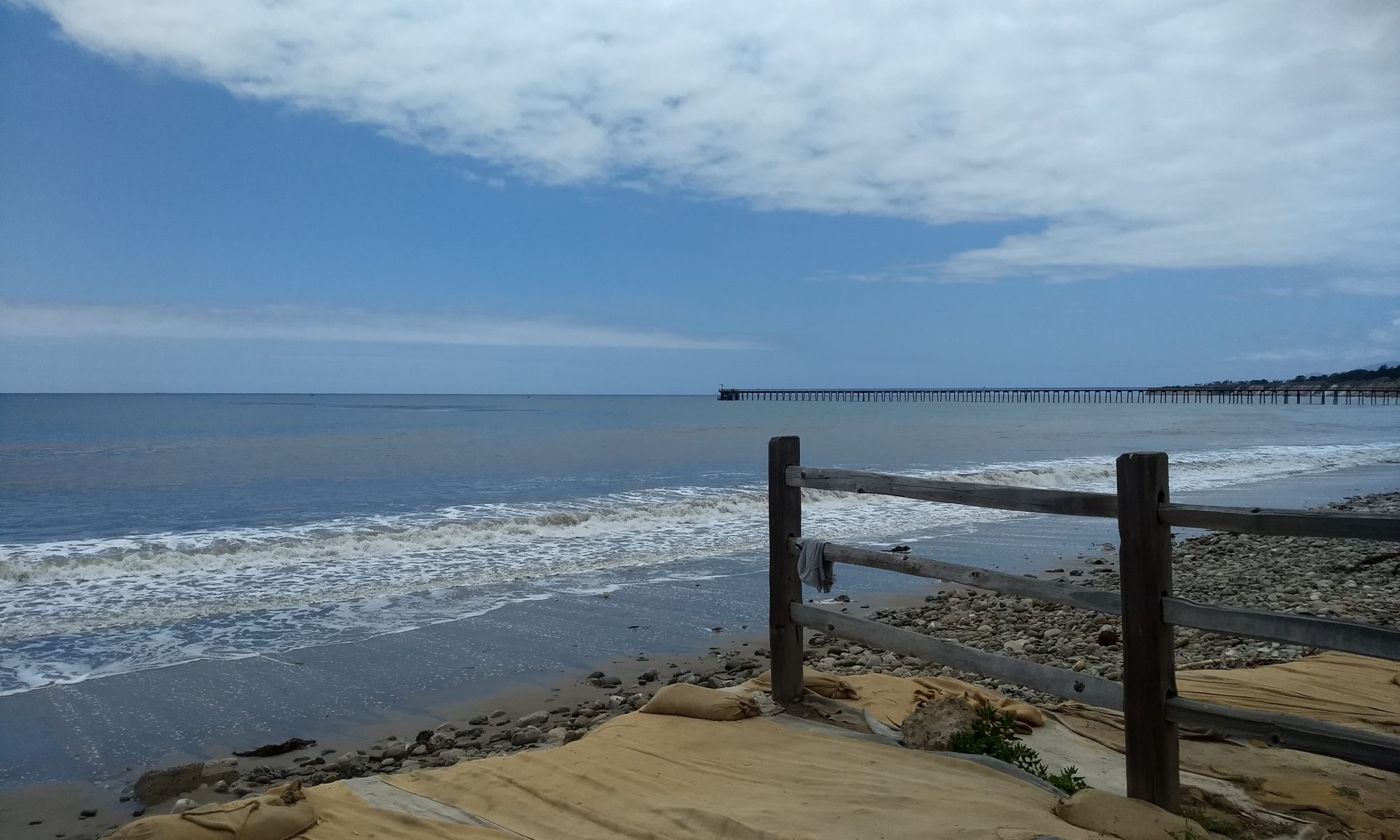Facts are no longer facts. Events did or didn’t happen depending on who is talking. This is our world now.
There’s a misconception that the only journalists behaving badly are those on the right, who are knowingly amplifying false statements. But journalists on all sides are falling into traps that make it harder to separate truths from falsehoods, and fact statements from hyperbole.
Here are some of the traps, and some proposed redress.
False equivalency; false duality
Journalists and news outlets of all stripes have covered the news about the indictment of former president Trump in tandem with the latest on Hunter Biden. Not an appropriate pairing; one is a former president threatening our democracy, the other involves lesser charges against a president’s son.
Better: one president’s son compared against another president’s daughter, son, or son in law. Treatment of Hunter Biden compared with treatment of any of Trump’s children or in-laws, including Jared Kushner, who realized a huge financial benefit from his association with Trump.
Best: no duality, just the news of the day, one story at a time.
Wiggle words where none are needed
When Trump said on social media “If you come after me, I’m going after you” it was reported by several outlets with wiggle words. They depicted it as a statement that could be perceived to be threatening or said that “some” believed this to be a threat.
No need for caveats, this was a threat plain and simple.
Best: a threat is a threat is a threat.
Continuing to give falsehoods and the people spreading them airtime and print-time without challenge
We often hear a journalist interview a person who is clearly going to make false statements without the preparation to immediately correct the record. Michael Hiltzik picks apart this problem beautifully in his LA Times column. NPR’s Steve Inskeep interviews William B. Allen, who is defending the Florida task force’s statements about slavery and African Americans. Hiltzik shows how unprepared Inskeep is, so Allen’s false statements – already well known to be false at the time – roll uncorrected and without followup questions.
Better: Journalists need to be prepared to correct the lies and ask the followup questions every time.
In the recent Trump town hall on CNN, Kaitlan Collins tried valiantly to correct the false statements. Her struggles made clear the challenges of this approach.
Best: Limit exposing the audience to false statements.
